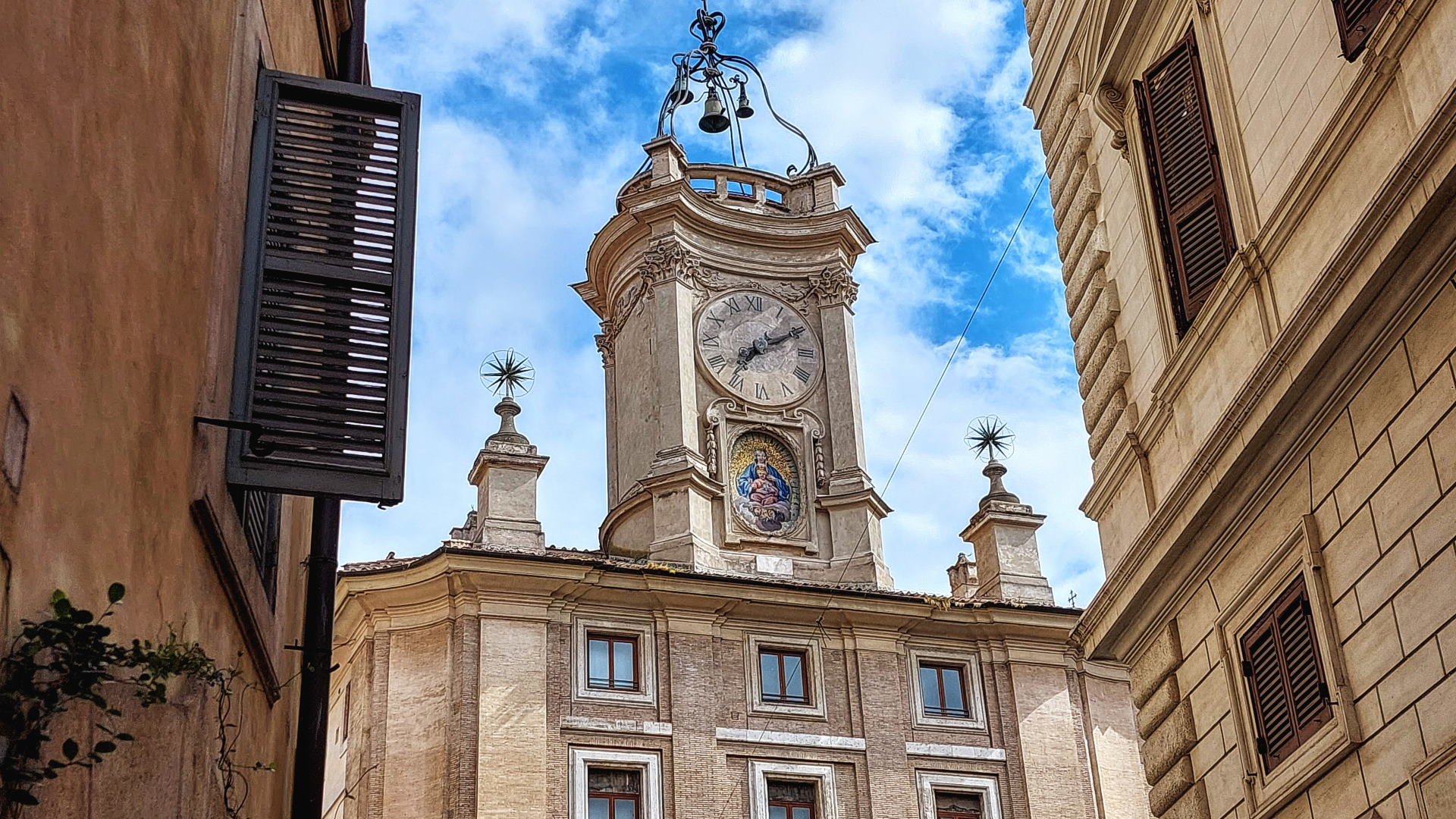
Although it does not rank among Rome’s best-known great monuments, it is still one of the city’s landmarks and it is no coincidence that the large central clock that dominates its façade ended up giving its name to the charming Rione Ponte square it overlooks, originally called “Piazza dei Rigattieri” and “Piazza di Monte Giordano”.
Designed and built under the direction of Borromini between 1647 and 1649, the clock tower decorates a corner of the convent of the Oratorian Fathers, which, together with the oratory and the church of Santa Maria in Vallicella, formed the headquarters complex of the religious order founded by St. Philip Neri in the second half of the 16th century. The tower interrupts the simplicity and austerity of the building below by breaking up its architectural uniformity: in fact, it is characterized by concave and convex surfaces and lines, according to the purely Borrominian style, and is surmounted by a castle with iron volutes supporting the bells and suggesting the idea of a belfry. It is flanked by two pillars with 24-pointed bronze heraldic stars while, under the clock face, a splendid mosaic embellishes the whole: it represents the "Madonna of Vallicella" and was designed by Pietro da Cortona.
The original clock machine is preserved in the Museum of Rome in Palazzo Braschi. The part of the Palazzo dei Filippini facing the square is occupied today by the Casa delle Letterature and the Italian Historical Institute for the Middle Ages.
Piazza dell'Orologio
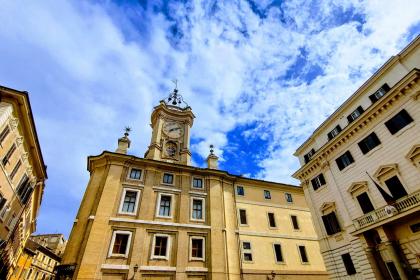
 Condividi
Condividi
Kirche Santa Maria in Vallicella (Chiesa Nuova) und stanze di San Filippo Neri
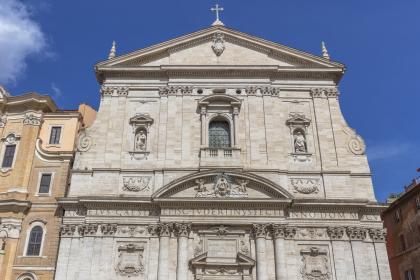
 Condividi
Condividi
Die Biblioteca Vallicelliana
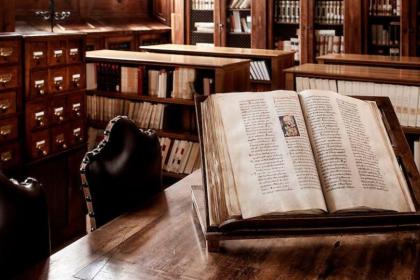
 Condividi
Condividi
Palazzo dei Filippini (Convento and Oratorio dei Filippini)
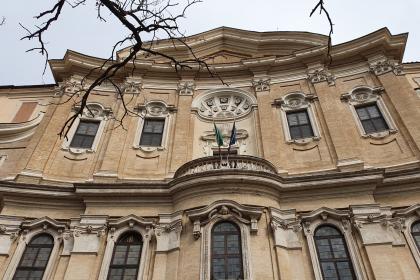
 Condividi
Condividi
Die Platze Navona
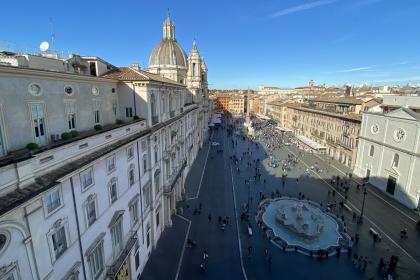
 Condividi
Condividi
Einer der spektakulärsten Stadtkomplexe des barocken Roms.
Informationen
 Condividi
Condividi
Location
Um mehr über alle barrierefreien Dienste zu erfahren, besuchen Sie den Abschnitt barrierefreies Rom.











































